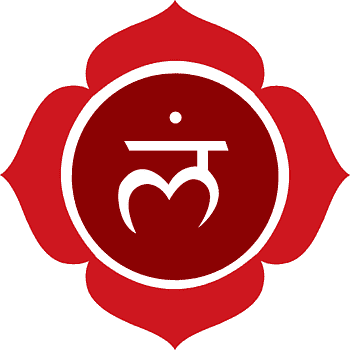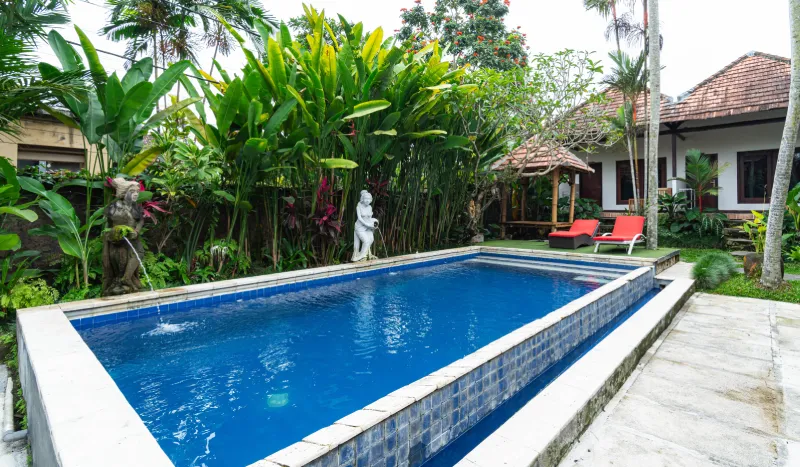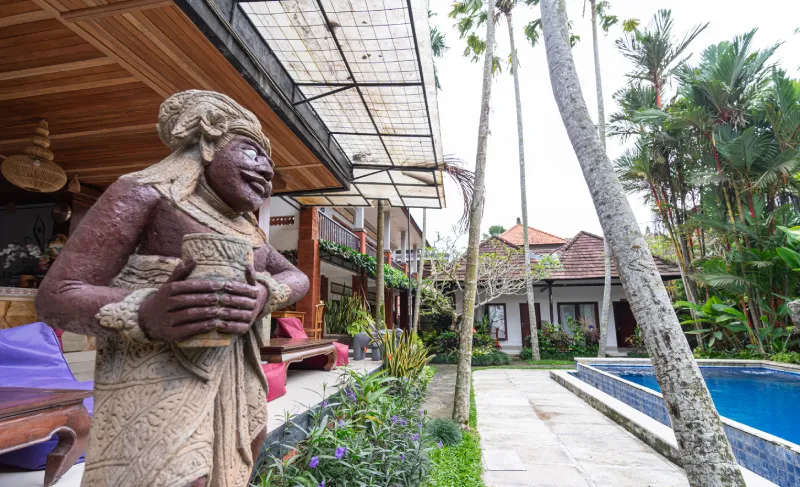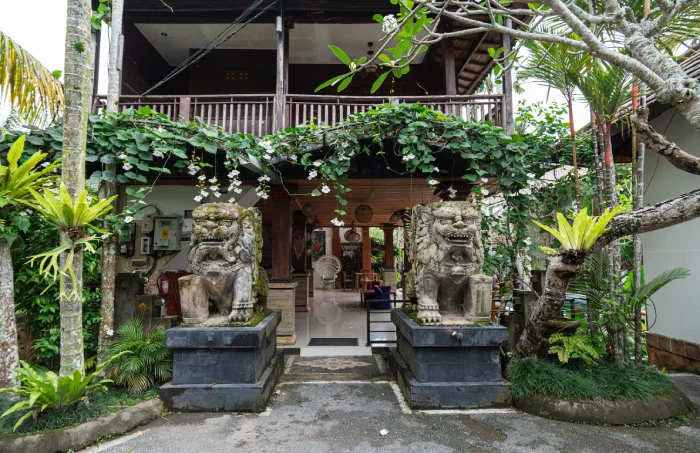Yoga Is 99% Practice & 1% Theory
500-Hour Kundalini Yoga Teacher Training In Bali, Indonesia
With a range of Kundalini Tantra techniques, you may connect with your boundless potential, power, and unconditional love.
Are you a passionate yogi seeking to expand your knowledge, skills, and experience in the transformative path of Kundalini Yoga? Are you looking for a comprehensive and authentic teacher training program that combines traditional wisdom and contemporary insights, personal growth and professional development, and inner exploration and outer service? If so, you might be interested in our 500-hour Kundalini Yoga Teacher Training in Bali, which offers a unique approach to deepen your practice and teachings in a supportive and inspiring environment.
The 500-hour Kundalini Yoga TTC (Teacher Training Course) is an advanced training course designed to deepen your understanding and practice of Kundalini Yoga. This comprehensive course covers various aspects of yoga, including asanas, pranayama, mantra chanting, meditation, anatomy, alignment, modifications, and philosophy. The course consists of both theoretical and practical sessions. Students are expected to complete assignments and take part in group discussions to enhance their learning.
They will also receive training in teaching methodology and gain hands-on experience in teaching Kundalini Yoga to others. This practical experience is essential for each yoga student to develop their teaching skills and confidence as yoga instructors. The 500-hour Kundalini Yoga Course is designed for students who are beginners or professionals. Upon completion of the 500-hour Kundalini Yoga TTC, students will be certified to teach Kundalini Yoga and will be equipped with the knowledge and skills to guide students in advanced practices of Kundalini Yoga. Students will also be eligible to register with Yoga Alliance as Registered Yoga Teachers.
![]()
We can guide students safely and effectively through asanas and other practices regardless of their background. Our teachers are skilled at creating a calm and supportive environment that allows students to connect with their inner selves and experience the transformative power of yoga. Additionally, our teachers embody the principles of yoga in their personal lives along with technical knowledge and teaching skills. They strive to live a balanced, healthy lifestyle and cultivate qualities such as compassion, kindness, and humility. By doing so, they serve as role models for their students and inspire them to integrate the teachings of yoga into their own lives.
If you are ready to take your practice and teaching skills to the next level, join us for our 500-Hour Kundalini Yoga Teacher Training Course in Bali. We are offering a life-changing opportunity to deepen your yoga practice, gain valuable teaching skills, and experience the beauty of Bali.
Kundalini Chakras and Activation
Kundalini is a Sanskrit term that refers to the spiritual energy that is said to lead to higher levels of consciousness and spiritual enlightenment. Chakras are the energy centers in the human body. There are a total of seven major chakras in the human body, and each is associated with a different color and has a different function.
The 1st Kundalini chakra is said to be located at the base of the spine. When this chakra is activated, the Kundalini energy is said to rise through the chakras, bringing about spiritual awakening and transformation. The activation of the Kundalini chakra can occur spontaneously or through specific practices such as yoga, meditation, and breathing exercises. Awakening the Kundalini energy is a powerful experience that should be approached under the guidance of a qualified spiritual teacher or practitioner available at World Peace Yoga School.
The first module or a 200-hour yoga certification course ends in 20 days. After that, there is a 10-day gap to relax your mind and body. Then, the second module starts in the next months. In short, there is a 10-day gap between both modules. During this period, we do not provide accommodation and food for students. You can use this time to explore Bali and learn more about Balinese culture. You can book our short yoga courses if you want to stay on the ashram campus. We offer these short courses: Yin Yoga Teacher Training Course, Aerial Yoga Teacher Training Course, Kids Yoga Teacher Training Course, Pre-Natal Yoga Teacher Training Course.
Kundalini Yoga Traditions Followed At World Peace Yoga School
World Peace Yoga School follows kundalini tantra and yoga traditions. These are the two important traditions that involve the awakening of the Kundalini energy in any human body. Kundalini yoga is a form of yoga that incorporates meditation, asana, breathing techniques, and mantra chanting to awaken the Kundalini energy and move it up through the chakras. Kundalini Tantra, on the other hand, is a form of Tantra that uses meditation, visualization, and ritual to awaken and harness the Kundalini energy for spiritual and personal growth.
The practice of Kundalini yoga and Kundalini Tantra can be beneficial for students because it offers a unique approach to spiritual and physical development. The awakening of the Kundalini brings a range of benefits, including healthier life, heightened awareness, increased creativity, improved physical health, and greater spiritual connection. We also offer a holistic approach to yoga that incorporates the physical, mental, and spiritual aspects of the practice. This can help students develop a deeper understanding of themselves and their connection to the world around them.
500 hour YTTC exclusive - now includes:
- 50 hour Yin Yoga - learn to come into being
Note: 2 certificates are gained to increase your knowledge and deepen your practice.These 2 certificates are all approved for Yoga Alliance registration















































